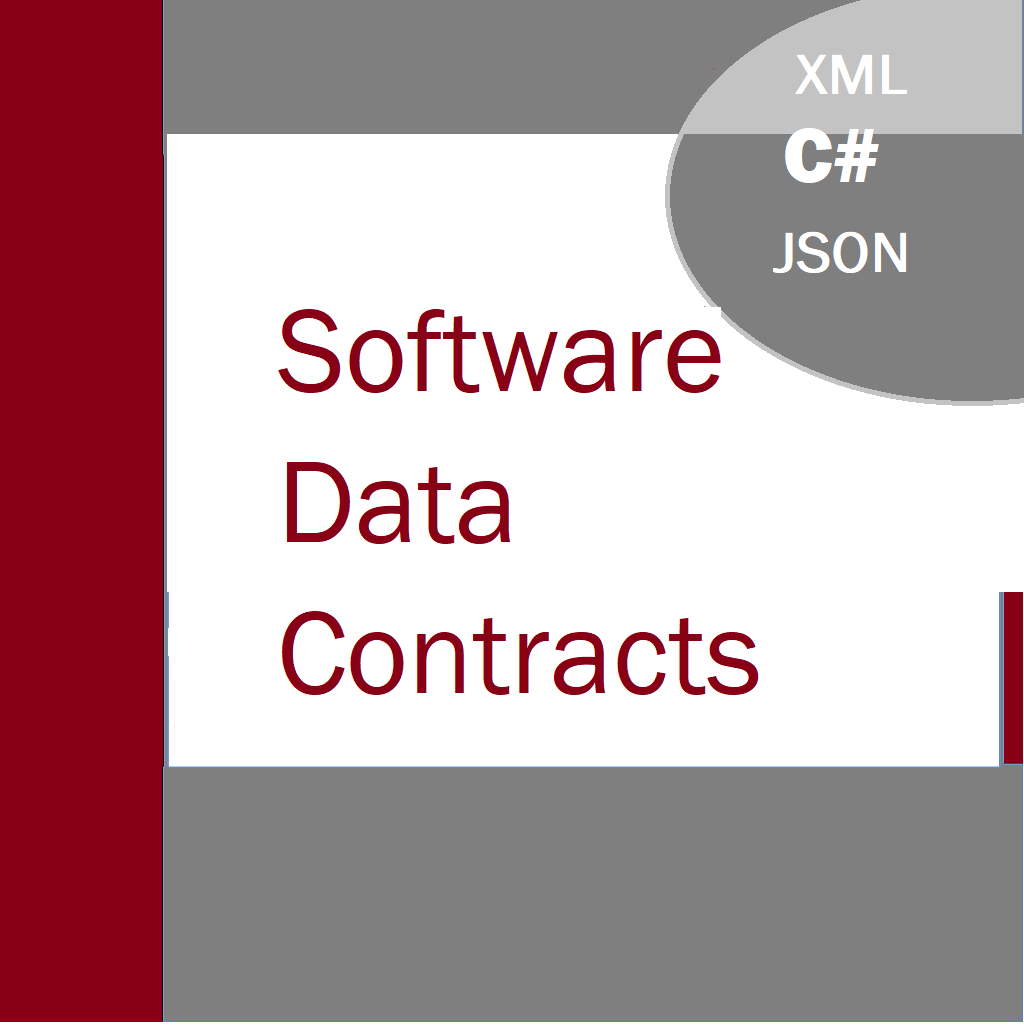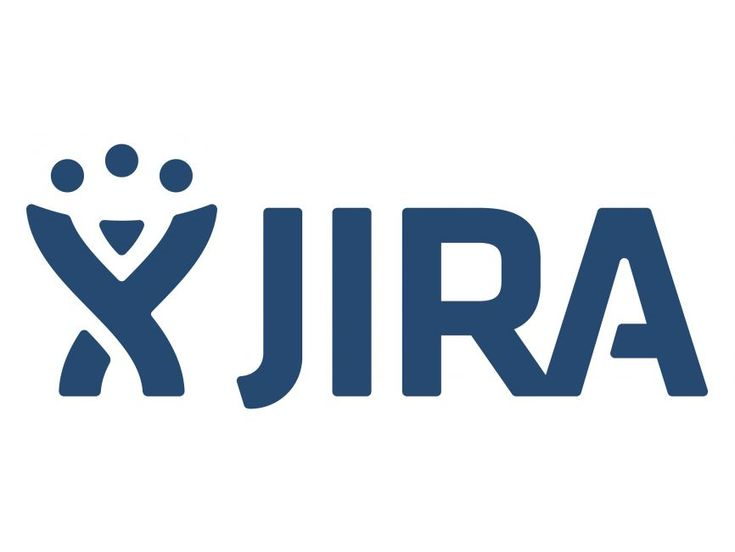In software development, a data contract refers to a formal agreement outlining how data will be structured, exchanged, and processed between different components or systems. This concept is particularly relevant in distributed systems and web services where seamless communication between various software entities is essential. Today we learn how do you create a data contract, What is a data contract in web api and ofcourse what are the benefits of data contract. So lets start our journey in understanding data contract in software development
Contents
Latest Trends
The technology landscape is dynamic, and there are new developments or new trends since happening all the time. Listing here are a few trends in data contract writing:
- OpenAPI Specification (OAS) / Swagger:
- OpenAPI Specification has gained significant popularity for describing RESTful APIs. It provides a standardized way to document APIs, including data contracts, using a machine-readable format. Tools like Swagger UI and Swagger Codegen help generate documentation and client/server code based on the OpenAPI Specification.
- gRPC and Protocol Buffers:
- gRPC, a high-performance RPC (Remote Procedure Call) framework developed by Google, uses Protocol Buffers for data serialization. Protocol Buffers is a language-agnostic binary serialization format. gRPC and Protocol Buffers are gaining traction for efficient and language-agnostic communication between services.
- GraphQL:
- GraphQL is an API query language and runtime that enables clients to request only the data they need. While it’s not a traditional data contract, GraphQL schemas define the types and operations that can be performed, providing a flexible way to express data requirements.
- JSON Schema and JSON Hyper-Schema:
- JSON Schema is a vocabulary that allows you to annotate and validate JSON documents. It provides a way to define the structure, data types, and constraints of JSON data. JSON Hyper-Schema extends JSON Schema to add hypermedia controls, allowing for more descriptive APIs.
- Schemaless Databases and NoSQL:
- With the rise of NoSQL databases and schemaless data models, some applications are moving away from strict data contracts. Instead, they allow for more flexible and evolving data structures. However, this approach comes with challenges related to data consistency and interoperability.
- API First Development:
- API-first development involves designing and documenting APIs before implementing the underlying functionality. This approach ensures that data contracts and API specifications are well-defined and agreed upon from the outset, promoting better collaboration between development teams.
- Event-Driven Architectures:
- In event-driven architectures, data contracts are often defined in the context of events. Technologies like Apache Kafka and Cloud-based event platforms use message schemas to define the structure of events exchanged between services.
- Consistency Across Microservices:
- As organizations adopt microservices architecture, maintaining consistency in data contracts across microservices becomes crucial. Tools and practices that support contract testing and versioning help manage changes and ensure interoperability.
Its important to check the latest industry updates and documentation for the specific technologies and frameworks you are working with, as trends in data contract writing may evolve over time.
Fundamentals of Data Contract
- Data Structure:
- Definition: The data structure within a data contract outlines how data is organized and formatted.
- Significance: By defining the structure, the contract establishes a common understanding among different software components or systems about the arrangement of data elements.
- Data Types:
- Definition: A data contract specifies the types of data that can be used, such as integers, strings, dates, etc.
- Significance: This ensures consistency and accuracy in data interpretation between systems. It helps prevent issues that may arise from mismatched data types.
- Serialization:
- Definition: Serialization involves converting data into a format suitable for transmission and later reconstruction.
- Significance: In a data contract, serialization ensures that data can be effectively transmitted over a network or stored in a persistent state. It helps maintain the integrity of the data during communication.
- Versioning:
- Definition: Versioning in a data contract addresses how changes to the data structure can be managed without breaking compatibility with existing systems.
- Significance: As software evolves, versioning ensures that updates to the data contract can be implemented without disrupting the functionality of systems that rely on the older version. It facilitates a smooth transition between different versions of the data contract.
- Validation:
- Definition: Validation rules within a data contract specify criteria or constraints that data must meet.
- Significance: Validation ensures that the exchanged data adheres to predefined rules and business logic. It helps maintain data quality and integrity, preventing the propagation of incorrect or inconsistent information.
- Interoperability:
- Definition: Interoperability is the ability of different systems or components to work together seamlessly.
- Significance: Data contracts play a pivotal role in achieving interoperability by providing a standardized way for systems to understand and process data. This is particularly crucial in distributed environments where diverse systems need to communicate effectively.
- Schema Definition:
- Definition: In web services, data contracts are often formalized using schema definition languages such as XML Schema Definition (XSD) or JSON Schema.
- Significance: Schemas provide a structured and standardized way to articulate the data contract. They serve as a blueprint for the expected format of data exchanged between software components.
- Communication and Collaboration:
- Definition: Data contracts facilitate effective communication and collaboration between different software entities.
- Significance: By establishing a shared understanding of data structures and formats, data contracts enable disparate components to interact cohesively. This collaboration is essential for the overall functionality and success of a software system.
In theory, the fundamentals of a data contract revolve around defining, standardizing, and managing the exchange of data between different software components. This ensures consistency, compatibility, and effective communication in diverse and distributed software environments.
In the realm of web services, technologies like XML Schema Definition (XSD) or JSON Schema are commonly employed to formally articulate data contracts. These schemas offer a structured framework for defining the expected format of exchanged data between different software components.
Clearly defined data contracts are essential for achieving interoperability between systems. They establish a shared understanding of the data’s structure and meaning, facilitating effective communication between disparate elements of a software system. Such agreements foster a seamless exchange of information, enabling different software components to work together cohesively.
Sample JSON data contract
Here is a sample JSON data contract example
- The contract includes a version number (dataContractVersion) to manage changes over time.
- It defines two main data structures: “person” and “address.”
- Each data structure contains properties with specified data types, constraints, and optional attributes.
- Serialization is set to “JSON,” indicating that data will be transmitted in JSON format.
- Validation rules are specified, including allowed data types, maximum request size, and a custom validation function for person-specific data.
{ "dataContractVersion":"1.0", "dataStructure":{ "person":{ "properties":{ "id":{ "type":"integer", "required":true }, "name":{ "type":"string", "maxLength":50, "required":true }, "age":{ "type":"integer", "minimum":0, "required":true }, "email":{ "type":"string", "format":"email", "required":false } } }, "address":{ "properties":{ "street":{ "type":"string", "required":true }, "city":{ "type":"string", "required":true }, "zipcode":{ "type":"string", "pattern":"^[0-9]{5}(?:-[0-9]{4})?$", "required":true } } } }, "serialization":"JSON", "validationRules":{ "common":{ "allowedDataTypes":["string","integer"], "maxRequestSize":"10MB" }, "personSpecific":{ "customValidation":"validatePersonData" } }}This sample JSON data contract provides a structured representation of how data should be formatted, exchanged, and validated between different software components or systems. Adjustments can be made based on specific project requirements and data characteristics.
Sample XML data contract
Here is the sample XML data contract
<dataContract version="1.0"> <dataStructure> <person> <properties> <id type="integer" required="true" /> <name type="string" maxLength="50" required="true" /> <age type="integer" minimum="0" required="true" /> <email type="string" format="email" required="false" /> </properties> </person> <address> <properties> <street type="string" required="true" /> <city type="string" required="true" /> <zipcode type="string" pattern="^[0-9]{5}(?:-[0-9]{4})?$" required="true" /> </properties> </address> </dataStructure> <serialization>XML</serialization> <validationRules> <common> <allowedDataTypes> <dataType>string</dataType> <dataType>integer</dataType> </allowedDataTypes> <maxRequestSize>10MB</maxRequestSize> </common> <personSpecific> <customValidation>validatePersonData</customValidation> </personSpecific> </validationRules></dataContract>How this works:
- The contract is defined within the <dataContract> element, indicating the version attribute.
- It specifies two main data structures: “person” and “address,” each with their respective properties and attributes.
- Serialization is set to “XML” within the <serialization> element.
- Validation rules are outlined under the <validationRules> element, with both common and person-specific rules.
- Similar to the JSON example, this XML data contract provides a structured representation of data format, exchange, and validation rules between software components. Adjustments can be made based on project requirements and data characteristics.
Are data contracts building blocks for API writing in Dot net?
The answer to this question is a “Yes” definitely. data contracts are fundamental building blocks for API development in .NET. In the context of .NET, data contracts are often associated with technologies like Windows Communication Foundation (WCF) and ASP.NET Web API, which are frameworks for building web services and APIs.
Here’s an explanation:
Data Contracts in .NET API Development:
- Windows Communication Foundation (WCF):
- WCF is a .NET technology for building distributed systems, including web services.
- In WCF, data contracts are formalized using attributes like [DataContract] and [DataMember] to define the structure of the data that will be exchanged between the client and the service.
- These attributes help in specifying which types and members should be serialized and deserialized during communication.
- ASP.NET Web API:
- ASP.NET Web API is a framework for building HTTP services that can be consumed by various clients, including web browsers and mobile devices.
- In Web API, data contracts are often implicit, as the framework uses content negotiation to serialize and deserialize data between clients and services.
- Attributes like [FromBody] and [FromUri] help in determining how data is received and sent in API methods.
Key Aspects:
- Serialization and Deserialization:
- Data contracts define how data is serialized (converted into a format suitable for transmission) and deserialized (converted back into a usable form) during API communication.
- Data Validation:
- Data contracts often include validation rules to ensure that the incoming data adheres to specified criteria, enhancing the reliability and security of the API.
- Interoperability:
- Data contracts promote interoperability by providing a standardized way for different components, written in .NET or other technologies, to understand and process data.
- Versioning:
- .NET APIs often deal with evolving requirements, and data contracts support versioning to manage changes in the data structure over time without breaking existing clients.
To sum up, data contracts play a crucial role in .NET API development, providing a structured way to define, exchange, and validate data between different components of a distributed system. Whether you’re working with WCF or ASP.NET Web API, understanding and effectively implementing data contracts is essential for building robust and interoperable APIs in the .NET ecosystem.
Conclusion
Its easy to conclude and say that data contracts stand as indispensable components in contemporary software development, serving as the bedrock for seamless communication and interoperability between diverse systems. The trends in data contract writing reflect a continual evolution toward standardized, efficient, and flexible approaches, keeping pace with the dynamic landscape of distributed architectures and API development. Whether embracing OpenAPI for RESTful APIs, leveraging gRPC and Protocol Buffers for high-performance communication, or exploring the flexibility of GraphQL, the overarching goal remains the same: to define, document, and validate data structures in a way that fosters collaboration and ensures consistency across interconnected components. As technology advances, staying attuned to emerging standards and methodologies in data contract design becomes paramount for crafting robust, adaptable, and future-proof software solutions.





